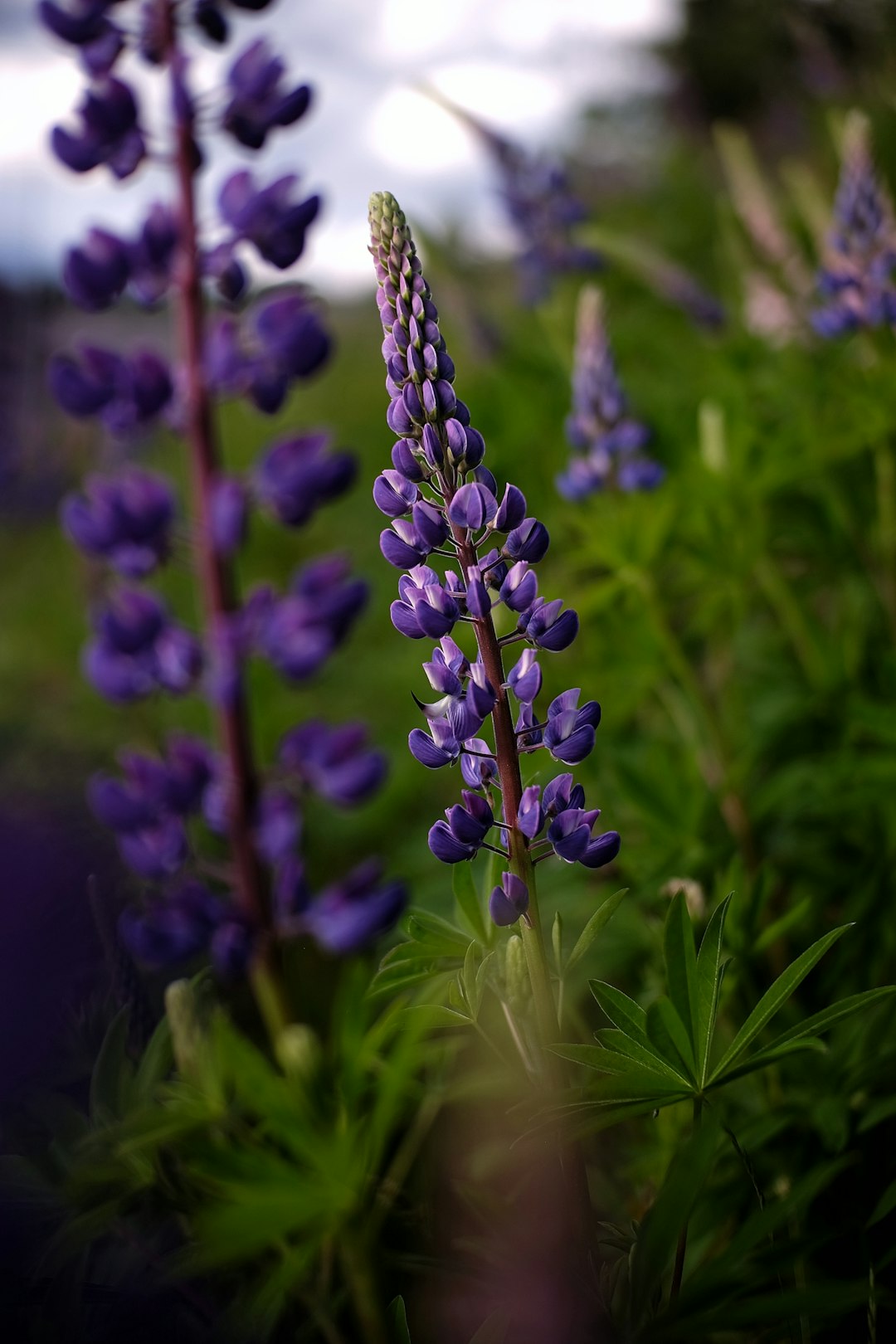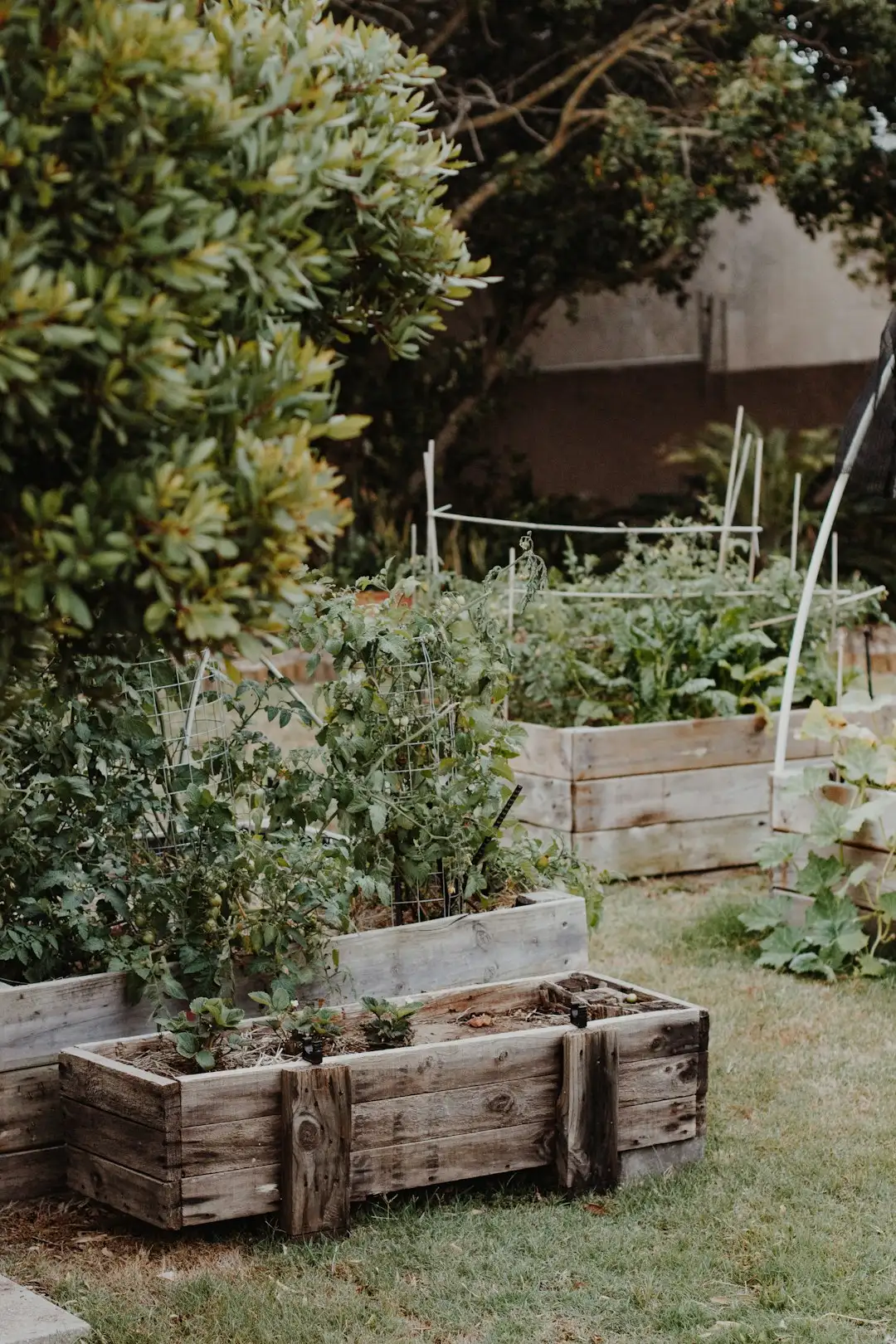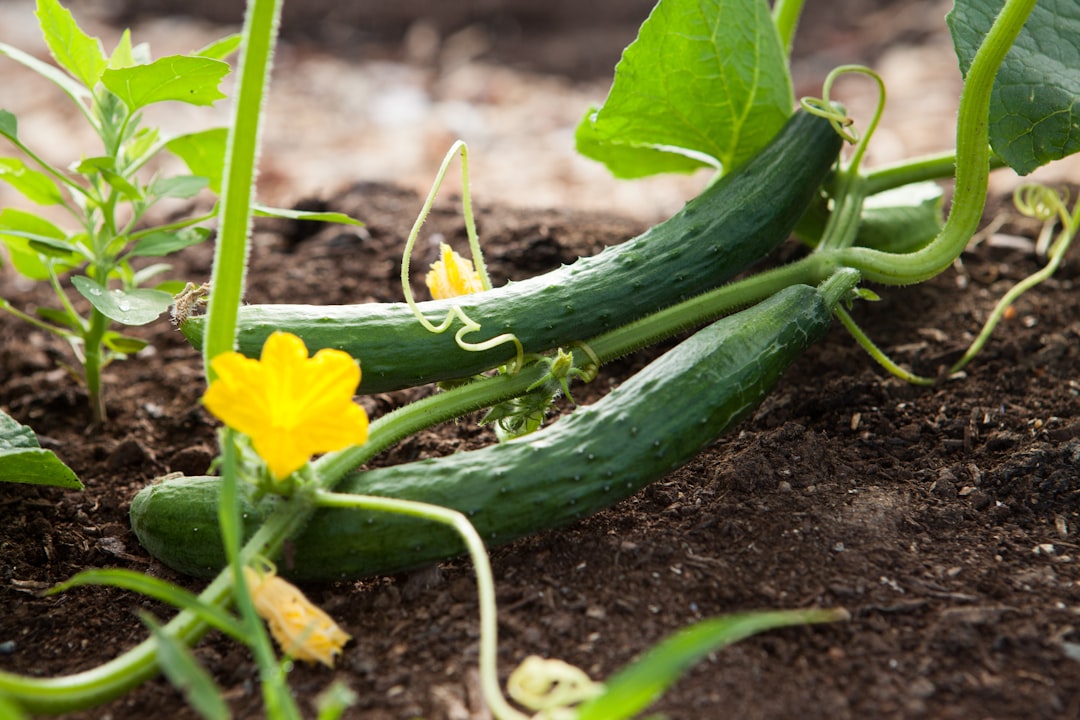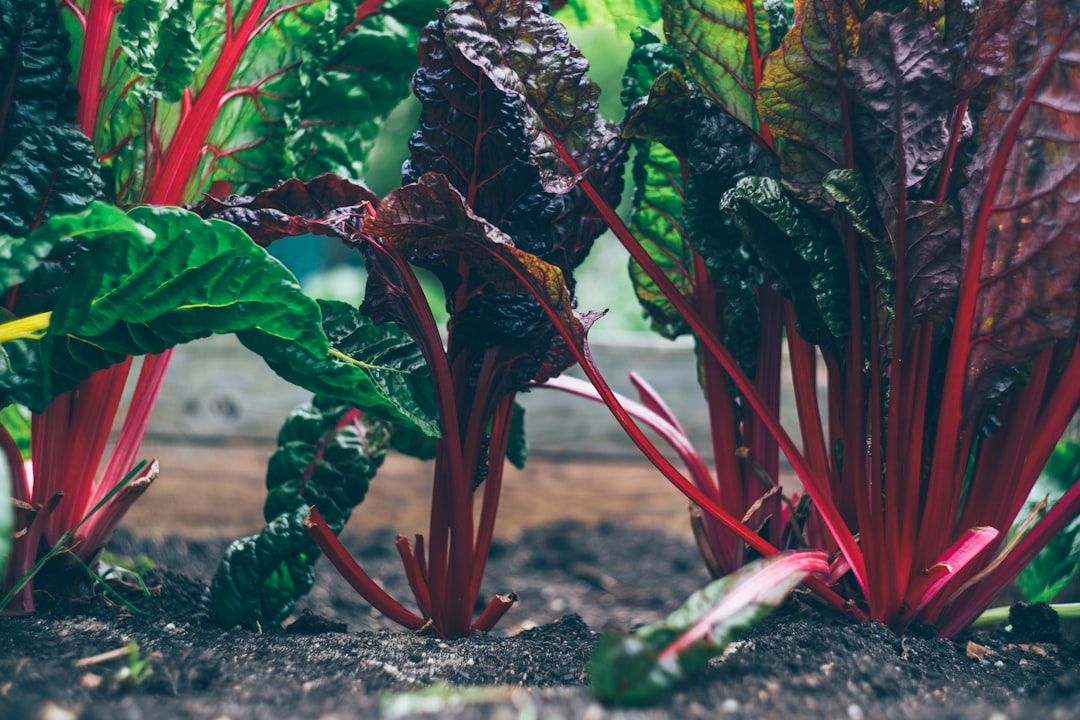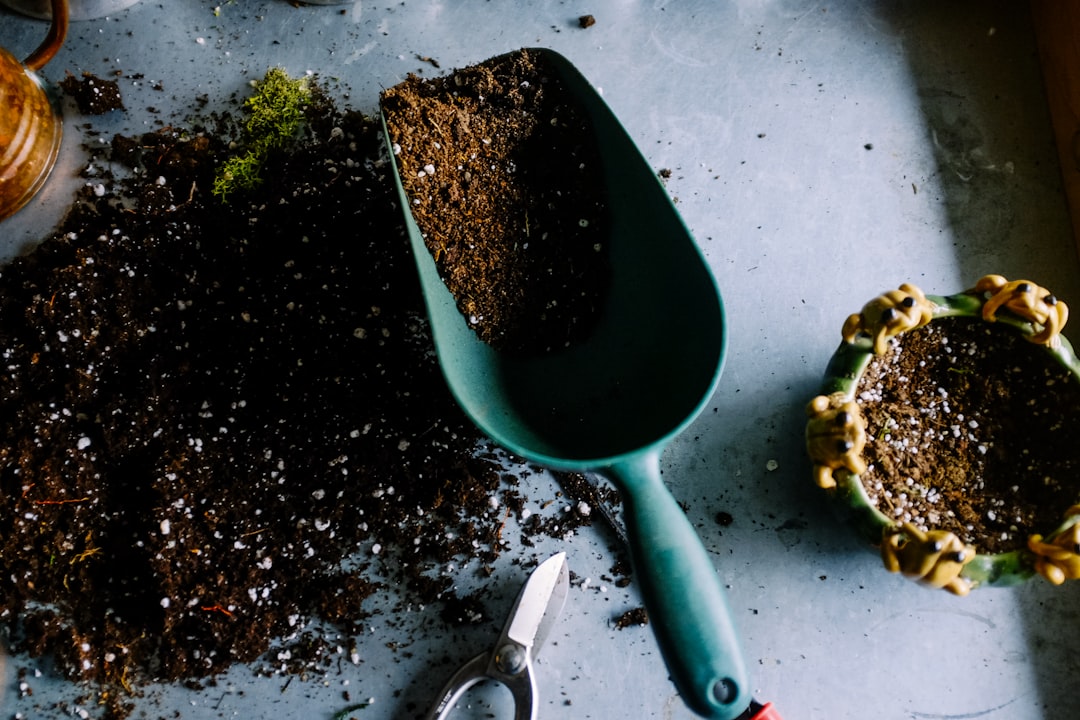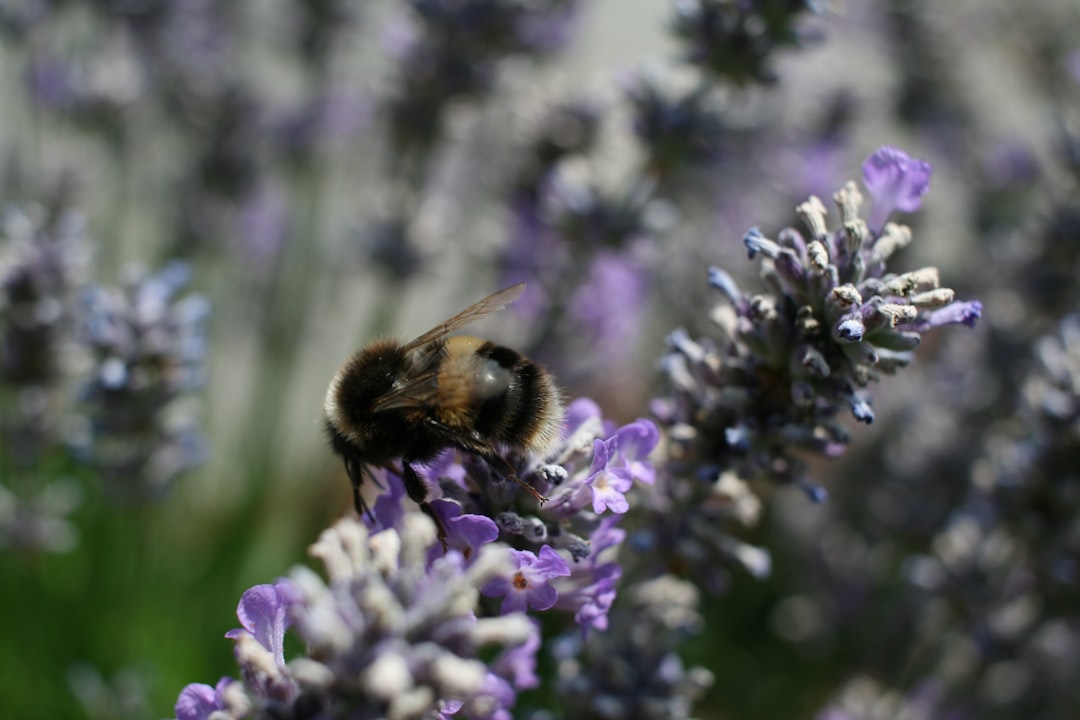
Flowers have always held a special place in the hearts of gardening enthusiasts, and the spider lily is no exception. With its striking appearance and unique charm, the spider lily can transform any garden into a captivating oasis. In this article, we will explore the essential tips for growing these beautiful flowers, from choosing the right bulbs to caring for them throughout the growing season.
First and foremost, let's talk about selecting the right bulbs. When purchasing spider lily bulbs, it's important to choose ones that are firm and free from any signs of damage or disease. Look for bulbs that are plump and have a healthy root system. You can find spider lily bulbs at your local nursery or garden center, or you can order them online from reputable suppliers.
Once you have your bulbs, it's time to think about planting them. The best time to plant spider lily bulbs is in the fall, preferably a few weeks before the first frost. This allows the bulbs to establish their roots before the cold winter months. Choose a location in your garden that receives partial to full sun and has well-drained soil. Spider lilies prefer soil that is rich in organic matter, so consider adding compost or well-rotted manure to the planting area.
To plant the bulbs, dig a hole that is about three times the depth of the bulb. Place the bulb in the hole with the pointed end facing up, and cover it with soil. Gently firm the soil around the bulb to remove any air pockets. Space the bulbs about 6 to 8 inches apart to allow for proper growth and development.
After planting, water the bulbs thoroughly to help them settle in. Keep the soil moist but not waterlogged during the growing season. Spider lilies are relatively drought-tolerant once established, but they still need regular watering, especially during dry spells.
Fertilizing is also an important part of spider lily care. Apply a balanced fertilizer, such as a 10-10-10 or 12-12-12 formula, in the spring when new growth appears. Follow the instructions on the fertilizer package for the correct application rate. You can also add a layer of mulch around the plants to help retain moisture and suppress weeds.
As the spider lilies grow, you may need to provide some support to prevent them from falling over. Staking the plants with bamboo stakes or other supports can help keep them upright. You can also tie the stems to the stakes using soft twine or plant ties.
One of the most exciting parts of growing spider lilies is watching them bloom. Spider lilies typically bloom in late summer or early fall, producing clusters of fragrant, trumpet-shaped flowers. The flowers come in a variety of colors, including white, pink, red, and yellow. To encourage more blooms, deadhead the spent flowers regularly. This will redirect the plant's energy into producing new flowers.
After the blooming period is over, the spider lilies will enter a dormant phase. During this time, reduce watering and stop fertilizing. The foliage will gradually die back, and you can cut it off at the base. Leave the bulbs in the ground over the winter, as they need a period of cold dormancy to bloom again the following year.
In conclusion, growing spider lilies can be a rewarding experience for any gardener. By following these essential tips, you can ensure that your spider lilies thrive and produce beautiful blooms year after year. So, go ahead and add these stunning flowers to your garden, and enjoy the beauty and fragrance they bring.
Remember, gardening is a journey, and every season brings new opportunities to learn and grow. With a little patience and care, you can create a garden that is filled with the beauty of spider lilies and other wonderful flowers.
New
































